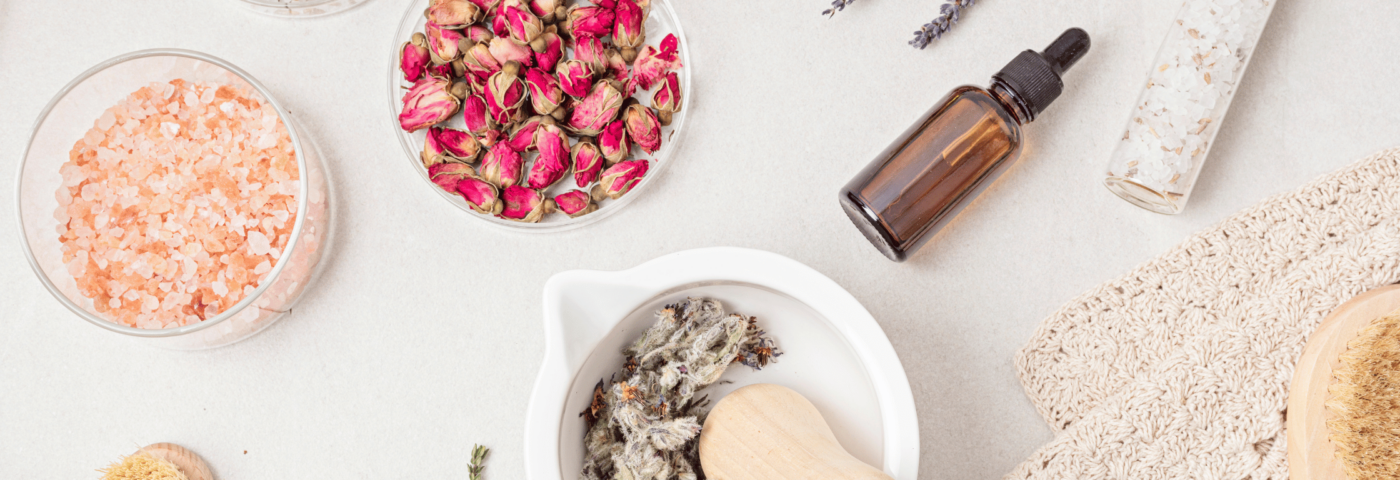Indie brands now make up about 20% of the total beauty business and they continue to grow. They are changing the way the industry functions and are very consumer responsive. We know that for every one that survives, there are many who don’t. McKinsey puts the success rate at 20%. Not great…..
It’s a long, expensive journey with many obstacles scattered along the way. I tell brands it will cost twice what they imagine and require twice the time they think. Yet brands continue to try. Our industry always makes room for an innovative, fresh approach from a focused, smart brand that ticks all the boxes.
Unique Selling Propositions require discipline. Sorting out distribution (and distributors)–DTC, bricks and mortar, Amazon–is nothing short of a nightmare.
Innovative marketing is critical and often the unexpected and unplanned are the default. (A TikTok viral video is never on the calendar…)
After many years of working with small brands (some who survived and some who didn’t), I have a list of must-do’s. They shift and change from time to time, based on the consumer and the market place, but here’s my latest collection of what start-ups and young brands must do to launch, survive and thrive.
The Young Group’s 6 points to follow and remember:
Innovation
Fresh and new, but not unfamiliar. Innovation can happen in marketing, community building, product format, dispensing systems, AI, distribution and many other places. There is a fine line between new and compelling and requiring an entire re-education for the consumer. Never a good thing!
Holistic
Holistic and wholistic: your earth, your body, your soul. They all need care and maintenance. Table stakes, no news here. Consumers expect a focus on ingredients, manufacturing and package sustainability. They expect brands to think about beauty inside and out. They expect brands to have a healthy, thoughtful, conscientious approach with their marketing.
Invest in Science
STEM: science not mythology. Proof not hyperbole. Transparency and traceability. No smoke and mirrors. Those days are over. Consumers are savvy, smart and well-informed. Ninety percent of shopping is done with the right side of our brains, but the left side wants reality and facts. Published, peer-reviewed clinical trials are increasingly important. Science based companies received two and a half times more funding last year than their non-science counterparts.
Discover our in-cosmetics events
Learn more at one of our events around the world.
Freedom of expression
The changing face of beauty. It’s here to stay. There are no more rules. Do it your way. Complete freedom of expression is the consumer mindset. There are no more stereotypes and archetypes, no right or wrong. Everyone plays. Everyone has a seat at the table.
Perfect your USP
Unique Selling Proposition (USP): Consistent and disciplined messaging, communication and visuals. Find that USP and stick with it. Take it slowly. Be thoughtful. Sounds so simple, but it never is. Target one consumer, not an entire demographic or cohort. If the brand can’t identify and define its target audience, how will the consumer recognize him/her self in that message?
Create a Brand Culture
Brand culture is critical. Politics. Socio-economic factors.
Unavoidable. Consumers expect brands to take a stand, like it or not. The days of brands aiming for neutrality or staying under the political radar are over. Be prepared; be frank; be transparent and be proud.
Just the start of go-to-market
This is only the beginning of the go-to-market journey. There are plenty of balls to juggle and mistakes to be made along the way. Above all, the founder must love the process (the journey), find energy in every door that is slammed in his/her face and believe in the quest, while maintaining a grip on reality.
A good team helps. It can’t all be done alone, nor should it. Sometimes founders have a tough time with that concept. You may not be able to afford a complete GPS, but a small roadmap will be a great comfort and allow you a brief night’s sleep from time to time.
The majority of the small brands I’ve worked with will testify the journey is worth the effort: blood, sweat, tears and of course, financial investment. We’re lucky to be in an industry that remains robust, relevant and full of creative and generous people.
Bring on the indie brands…they’re changing the industry!
Enjoyed this article? Get more by subscribing to our newsletter!
Feeling inspired to see ingredients and trends in action?
Then why not visit one of the in-cosmetics events around the world?

